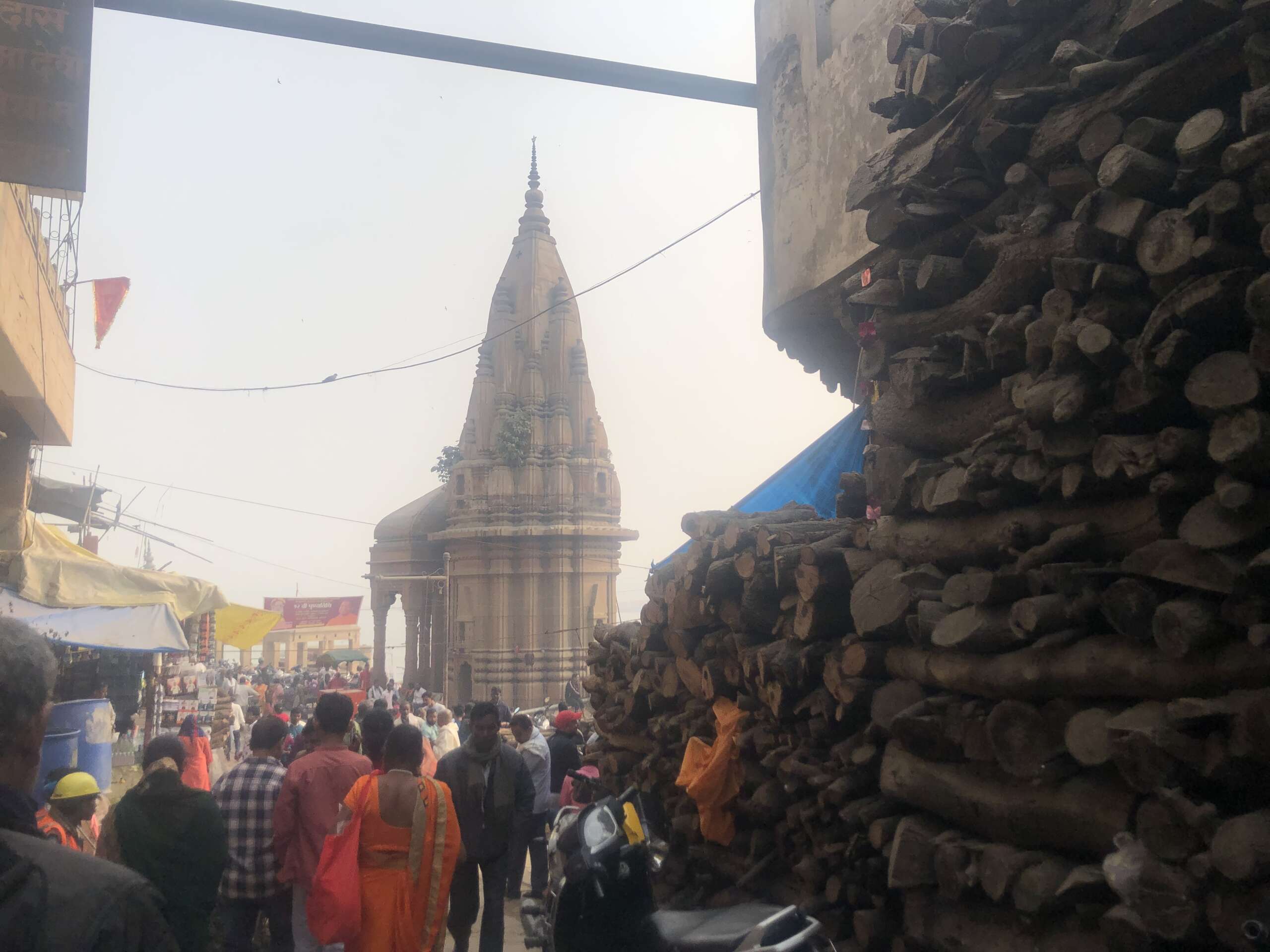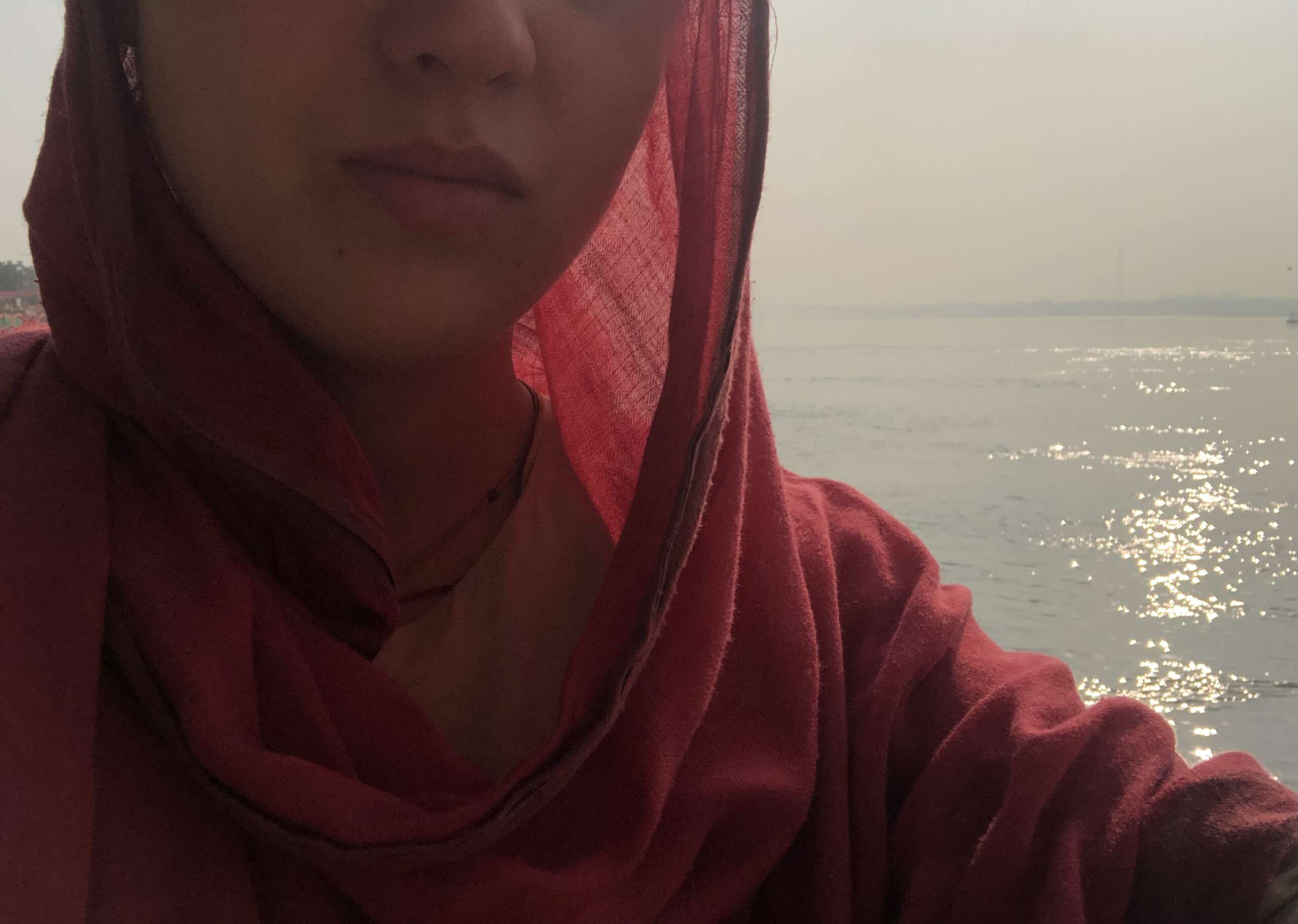When I think about India, I see the flow and feel depth of the Ganga River, I hear the chanting of Pandits and the burning corpses at Manikarnika Ghat. I smell the natural oils and scents from the market, the chai on every corner, and the special “Blue” lassi. I hear the noise of the incredible crowd, but it’s also here, I learned how to truly listen to the silence.
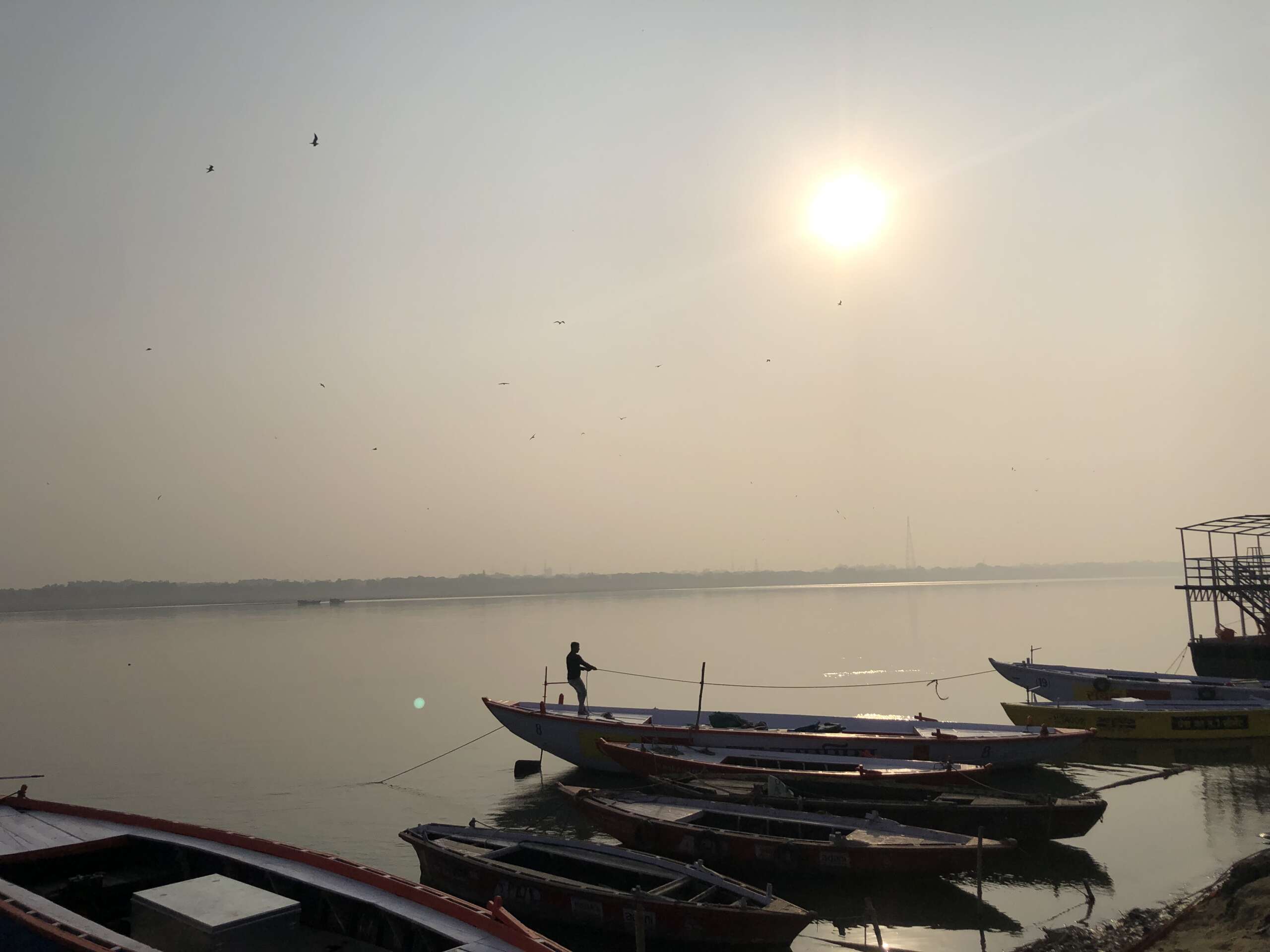
Varanasi is not only the oldest and most sacred city in India but also one of the oldest in the world, with a history dating back over 3,000 years.
This is where the strength of penis vibrates differently! Thanks to Lord Shiva’s beautifully adorned lingams, it is felt in a unique way. Stay tuned.
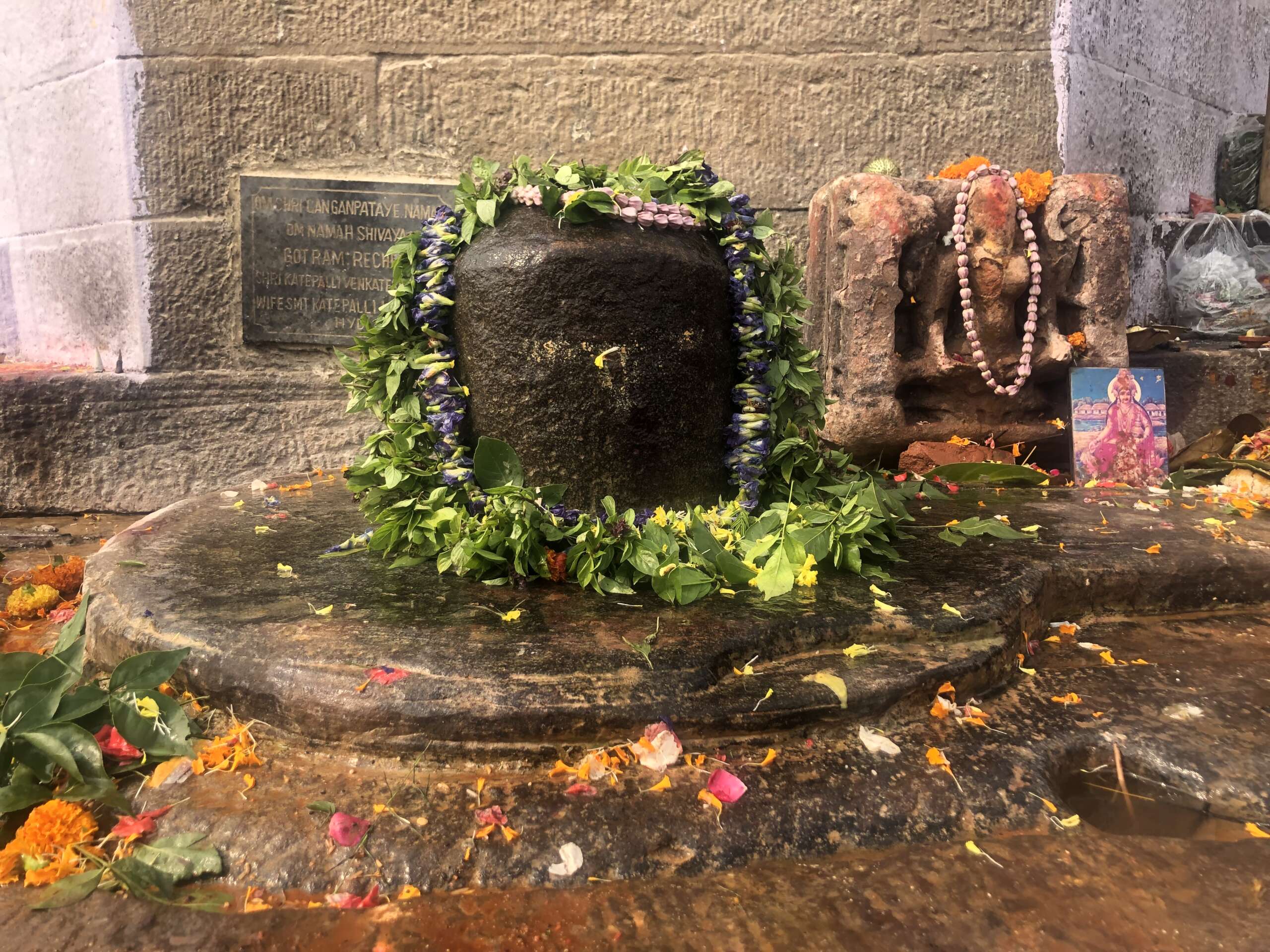
My journey to Varanasi began in Nepal. With my visa nearing expiration, I found myself wondering where to go next.
First of all, I had to reach the Nepal-India border at Raxaul. The road had been damaged by heavy floods, so I ended up taking a jeep on a wild, bumpy ride through a dried-up riverbed full of rocks. It was an adventure, though, with views of beautiful Nepali nature and village life.
Once I reached the border on the Nepali side, I hopped on a tuk-tuk to the office to get a stamp in my passport. On the Indian side, there was a quick check of documents, and soon, I was walking toward the train station. I had thought about going to Bodhgaya, as I had heard there were direct routes. But when I stopped at the information desk, the tired-looking Hindu man told me the only way to reach Bodhgaya was through Varanasi.
That made sense to me, so I was happy to go to Varanasi instead. I bought my ticket and waited for the train.
The excitement was palpable—something like coming to familiar place or/and a place where ends a full circle of some wider journey. I began hearing India’s voice more clearly than ever before.
I was miraculously given a free bed-seat in a clean compartment, even though I had been told the train was fully booked.
Once I arrived in Varanasi, I ordered a bike ride via the Rapido app (a popular and affordable transport option) straight to my room, which was located near famous ghats.
Varanasi is known for its cremation ceremonies on the banks of the Ganga River. For Hindus, it is their ultimate wish to be cremated here and to have their ashes immersed in the sacred waters of the Ganga, who is revered as a goddess.
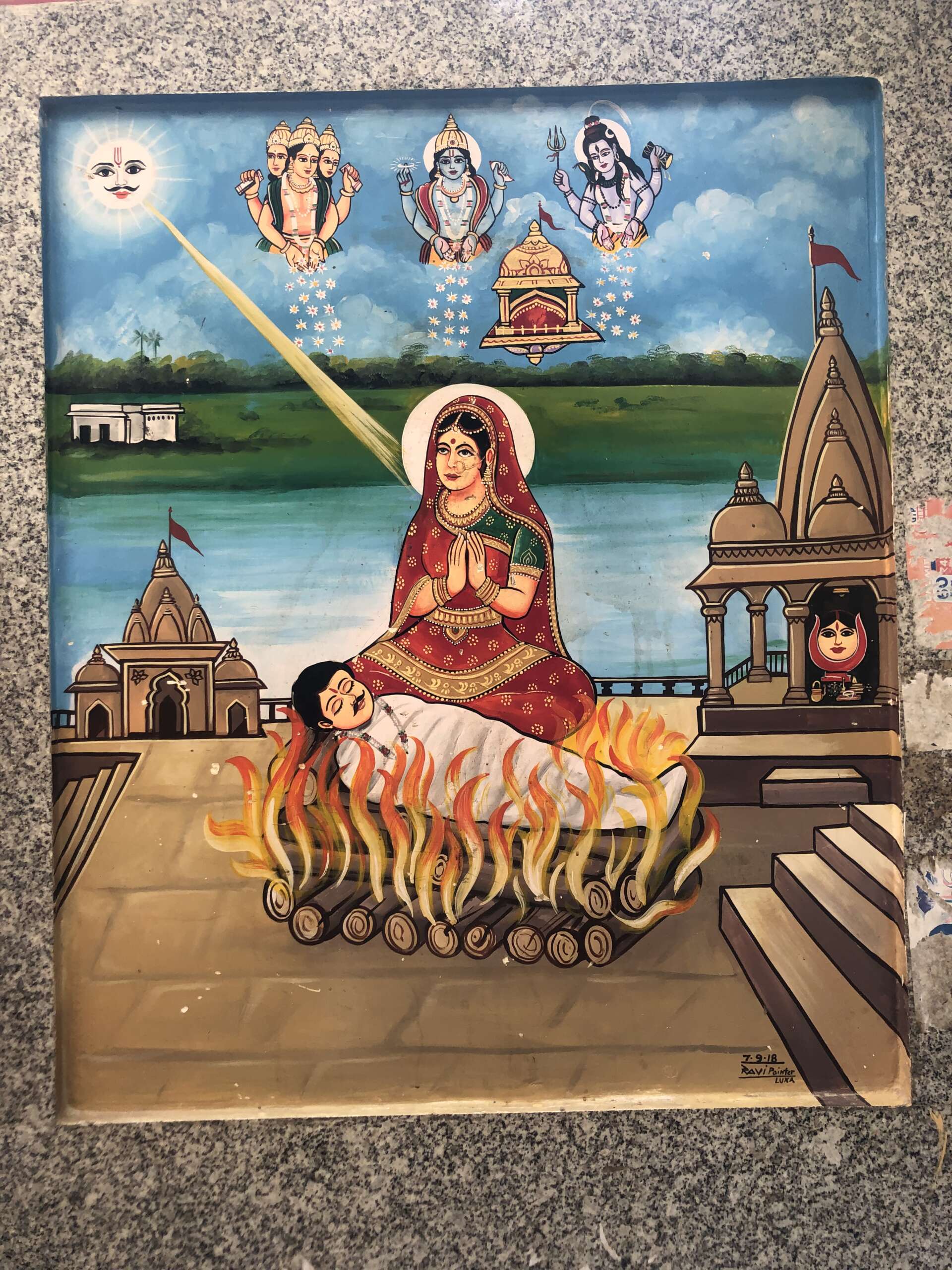
My first encounter with the River Ganga was in the dark. What I remember most is the eternal silence and the calm surface of the water. I thought, “She’s alive.”
Varanasi is a mystical place where life and death are inseparable. It leaves an indelible mark on the mind, reminding you that how we live matters, just as how we die matters. The Ganga, as the Great Mother, absorbs and transforms all remnants of our existence—our human ashes—and ultimately liberates us from the cycle of life and death.
By the way, I recommend a handy-sized book titled Life in Relation to Death by Chagdud Tulku Rinpoche, which caught my attention at Sarnath’s main temple.
The city itself is half-ruined and completely chaotic, and I struggled at times. But I accepted the challenge with an open heart, and now, I am deeply grateful for the lessons it has taught me. This kind of challenge is the best kind of challenge.
And yes, “This is where the strength of the penis vibrates differently!” Varanasi is the city where Lord Shiva resides, one of the most significant figures in the Hindu pantheon. Shiva can manifest as a peaceful caretaker, but also as the fierce and passionate Lord of Dance and Destruction, making space for new beginnings.
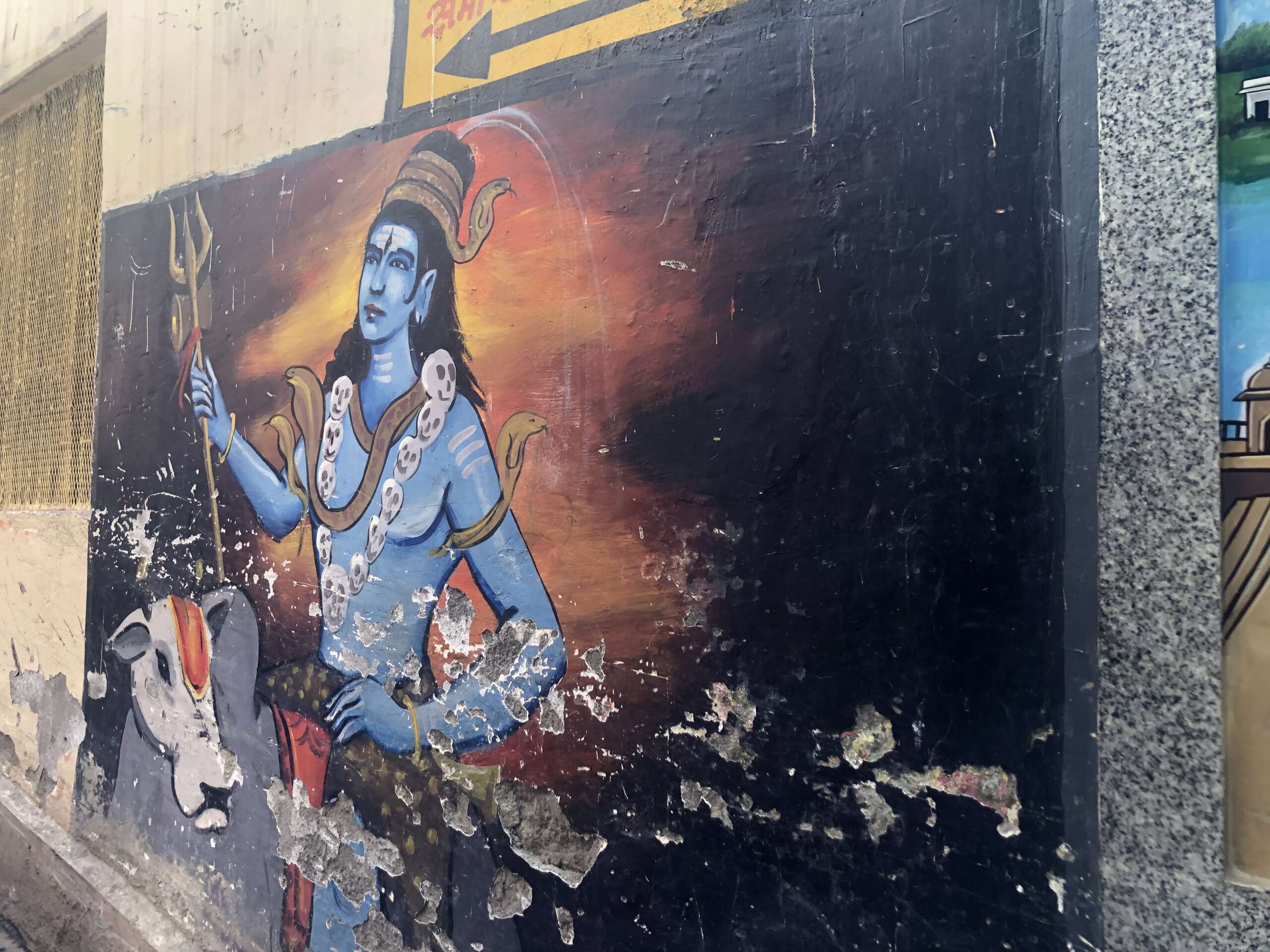
I remember one moment when I was heading toward the ghats but got lost in the narrow streets. I found myself in an old area filled with small temples, and a golden cow greeted me. I smiled and said “Hi!” as I looked around. As I was about to leave, I bent my head slightly to the right to admire a beautiful window’s architecture. That’s when my breath stopped.
In front of me appeared the most incredible Shivling I had ever seen. The flowers surrounding it were arranged in a specific pattern, like a mandala. The Shivling stood majestically, naturally, in the dim light, creating an atmosphere of calm, almost like a silent night. And yet, in Varanasi, silence is impossible. This moment inspired me to reconsider how I view masculine energy and strength. It made me question, What new possibilities exist for how I think and act?
That’s basically how Varanasi is—it doesn’t simply invite you to experience it; it challenges your deepest assumptions and gently disarms your most entrenched beliefs. In this city, the familiar becomes unfamiliar, and through that transformation, I’ve found myself becoming more open to life’s all colours. This is the true beauty of travel: it’s not just about discovering new places, but about unveiling new layers of yourself in the process of coming to the truth.
